Home>Ideas and Tips>The Forgotten Art Of Victorian Molding
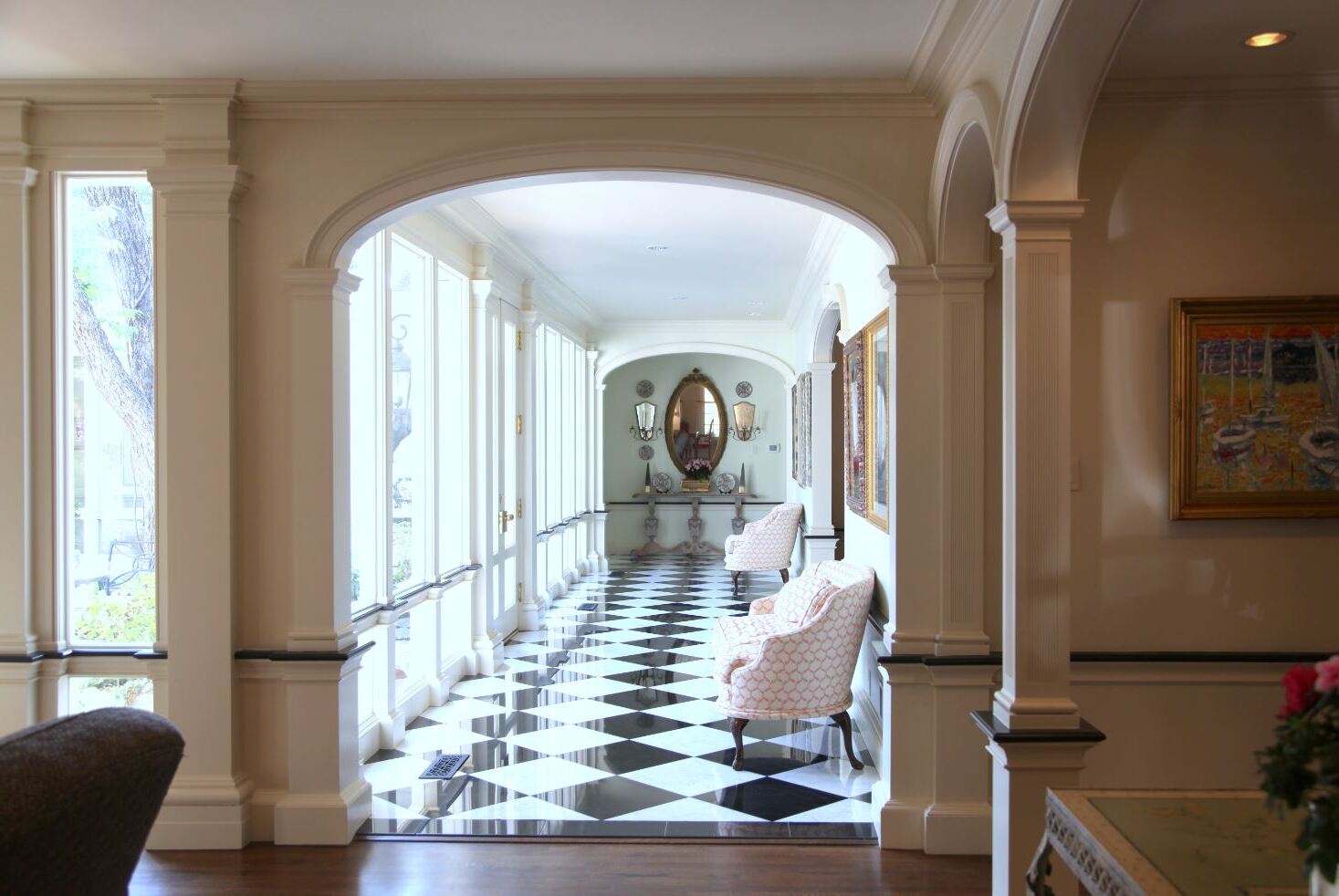

Ideas and Tips
The Forgotten Art Of Victorian Molding
Published: September 24, 2024
Discover the elegance of Victorian moldings. Learn their history, design principles, and how to incorporate them into modern homes for timeless beauty.
(Many of the links in this article redirect to a specific reviewed product. Your purchase of these products through affiliate links helps to generate commission for Storables.com, at no extra cost. Learn more)
In the realm of home improvement, few elements evoke the elegance and sophistication of Victorian-era moldings. These intricate designs, once a hallmark of grandeur in Victorian homes, have largely been forgotten in modern times. However, understanding and incorporating these moldings can elevate any room to a level of timeless beauty and craftsmanship. This article delves into the history, design principles, and practical applications of Victorian moldings, providing a comprehensive guide for those looking to revive this forgotten art.
History of Victorian Molding
Victorian-era moldings were a defining feature of the architectural style that dominated the mid-19th century. The period saw a resurgence in classical design elements, which were adapted and refined to create unique and ornate moldings. These moldings were not just decorative; they served as a way to showcase the craftsmanship and wealth of the homeowner. The intricate carvings and detailed profiles were often inspired by ancient Greek and Roman designs, but they were also influenced by the Industrial Revolution's ability to mass-produce materials.
Evolution of Victorian Molding
Over the course of the Victorian era, molding designs evolved significantly. Early Victorian homes often featured simpler, more restrained moldings that gradually gave way to more complex and ornate designs as the era progressed. The mid-Victorian period saw a rise in the use of polychrome (multi-colored) moldings, where different sections of the molding were painted in various colors to create a visually striking effect. This trend continued into the later Victorian era, where moldings became even more elaborate, featuring intricate carvings and ornate details.
Design Principles
Understanding the design principles behind Victorian moldings is crucial for both historical accuracy and modern application. Here are some key principles:
1. Classical Orders
Victorian moldings often drew inspiration from classical orders such as Doric, Ionic, and Corinthian. Each order has its own set of proportions and elements that were adapted into molding designs. For example, the Doric order is characterized by its simplicity and use of fluted columns, while the Ionic order features scroll-like volutes.
2. Proportions
Proportion is essential in molding design. The height of the entablature (the horizontal structure above the columns) relative to the column and pedestal should be consistent. For instance, in an 8-foot room, the entablature might be about 1.28 feet high, while the column could be around 5.12 feet tall.
3. Profiles
Victorian moldings often feature complex profiles that include various elements such as coves, ogees (S-shaped curves), and cyma reversa (a curved profile with two convex and two concave sections). These profiles were used to create visually appealing and dynamic designs.
4. Materials
The choice of material significantly impacted the appearance and durability of Victorian moldings. Wood was the primary material used for moldings during this period. Different types of wood like oak, walnut, and pine were used to create various shades and textures. The use of polychrome paint added another layer of complexity to these designs.
Practical Applications
Incorporating Victorian moldings into modern homes requires careful planning and execution. Here are some practical tips:
1. Choosing the Right Molding
When selecting Victorian-style moldings for your home, consider the overall aesthetic you want to achieve. If you're aiming for a more authentic look, look for moldings that mimic historical designs. However, if you're looking for a more modern interpretation, you can mix and match different elements to create a unique blend.
Read more: Ornate And Opulent Victorian Home Splendor
2. Installation
Installing Victorian moldings can be challenging due to their intricate designs and complex profiles. It's often recommended to hire a professional carpenter or joiner who has experience with traditional woodworking techniques.
3. Customization
One of the advantages of Victorian moldings is their customizability. If you can't find the exact molding you're looking for in stores, consider commissioning a custom piece from a skilled craftsman. This will allow you to achieve an authentic look that perfectly complements your home's architecture.
4. Maintenance
Maintaining Victorian moldings requires regular care to preserve their beauty and longevity. Dusting regularly is essential to prevent dirt buildup, while avoiding harsh chemicals can help maintain the finish of the wood.
Common Mistakes to Avoid
While incorporating Victorian moldings can elevate your home's aesthetic appeal, there are several common mistakes to avoid:
1. Over-Decorating
One of the most significant pitfalls is over-decorating with too many moldings or excessive ornamentation. This can create a cluttered and confusing space rather than a harmonious one.
2. Poor Proportions
Incorrect proportions can make your moldings look out of place or even comical. Ensure that all elements—columns, pedestals, and entablatures—are proportionate to each other and the room's dimensions.
3. Cheap Victorian Copies
Avoid using cheap Victorian-era copies that lack authenticity and craftsmanship. These moldings often fail to establish scale and are used by builders who want to show off their millwork without understanding its true value.
Resources for Designing Molding Profiles
For those interested in designing their own molding profiles or learning more about historical designs, there are several resources available:
Read more: How To Design A Victorian House
1. Books on Mouldings
Books like "Mouldings in Practice" by Matthew Sheldon Bickford provide detailed instructions on how to create various moulding profiles using hand tools. This book breaks down complex mouldings into simple forms, making it accessible even for beginners.
2. Historical References
Analyzing historical furniture and architectural elements can provide valuable insights into traditional molding designs. Resources such as "The American Vignola" by William R. Ware offer detailed illustrations of classical orders and their proportions.
3. Online Resources
Online platforms like YouTube offer tutorials and insights from experts like Brent Hull, who provides valuable information on what makes molding work and when certain styles were common.
Conclusion
Reviving the forgotten art of Victorian molding requires a deep understanding of its history, design principles, and practical applications. By avoiding common mistakes such as over-decorating or using cheap copies, homeowners can create spaces that exude elegance and sophistication. Whether you're aiming for an authentic historical look or a modern interpretation, incorporating Victorian moldings into your home can be a rewarding experience that adds both beauty and character to your living space.
In conclusion, Victorian moldings are more than just decorative elements; they represent a rich history of craftsmanship and architectural innovation. By embracing these forgotten art forms, we can create homes that not only stand the test of time but also reflect our appreciation for the past while embracing modernity.
Was this page helpful?
At Storables.com, we guarantee accurate and reliable information. Our content, validated by Expert Board Contributors, is crafted following stringent Editorial Policies. We're committed to providing you with well-researched, expert-backed insights for all your informational needs.
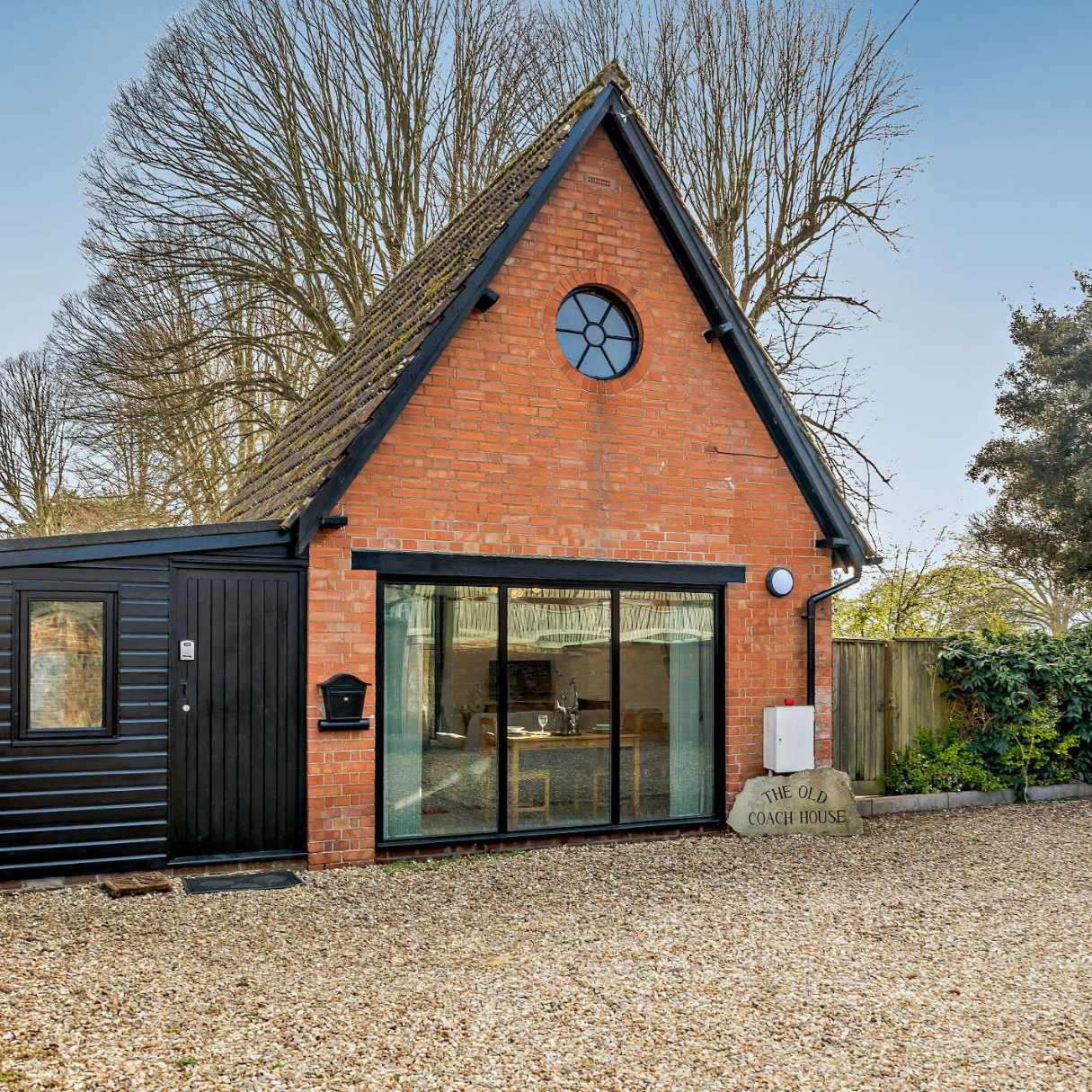
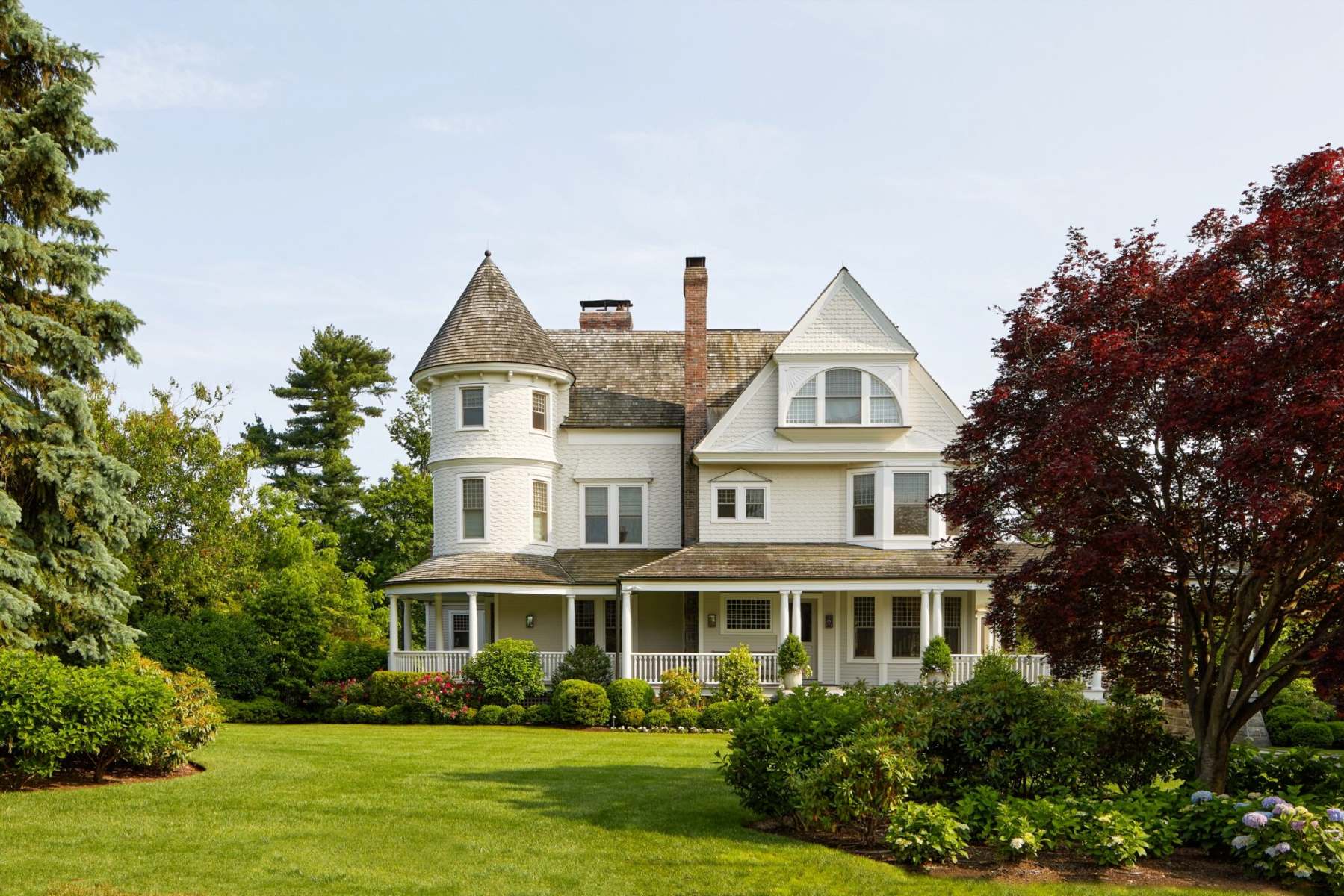
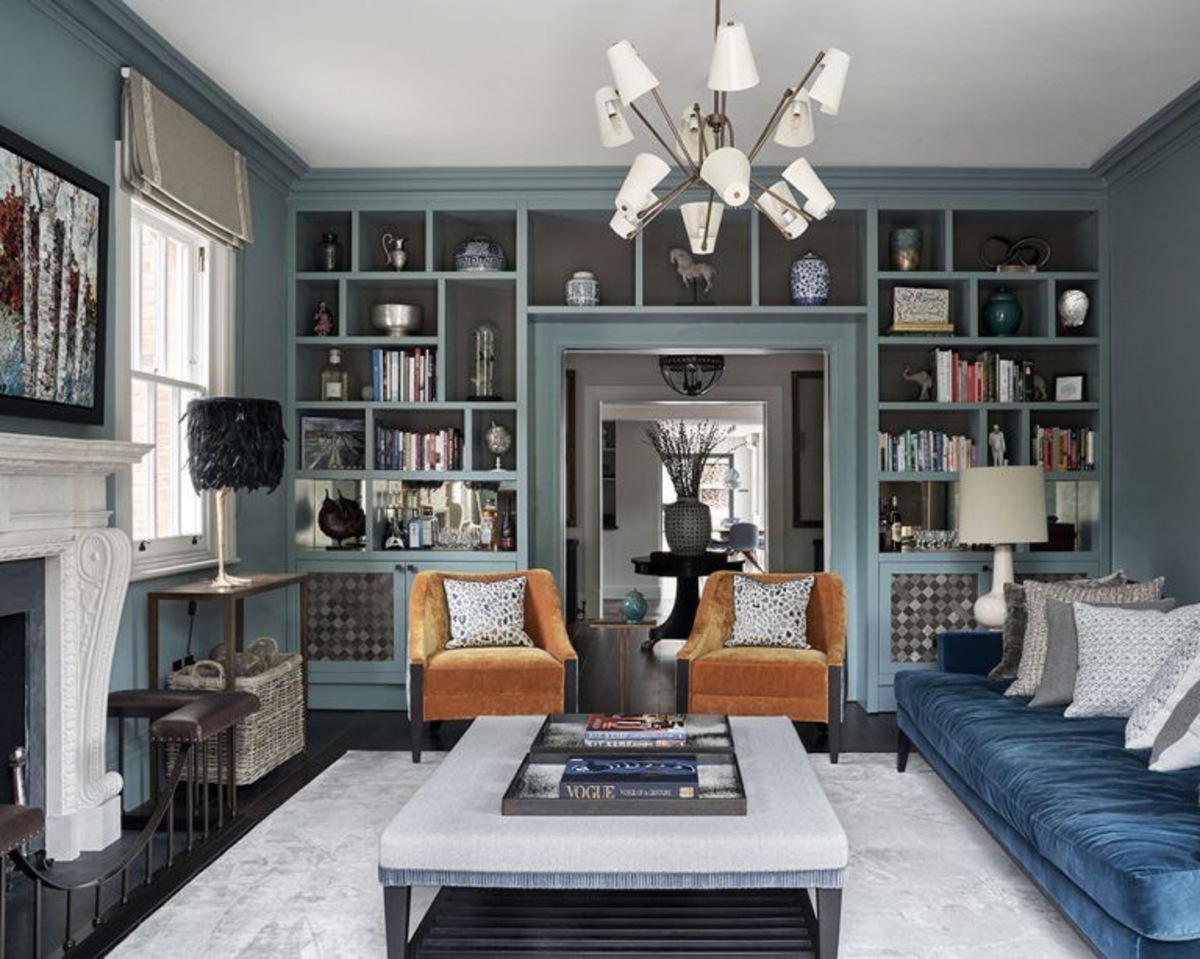
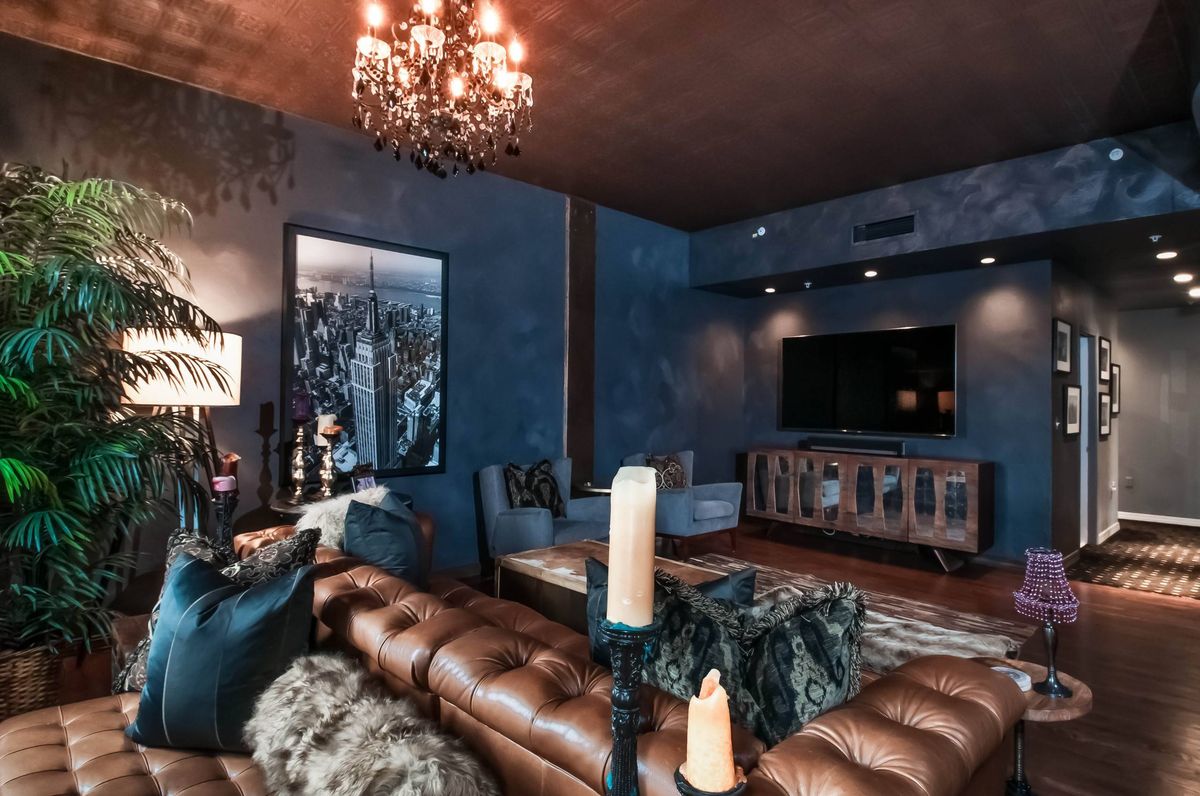
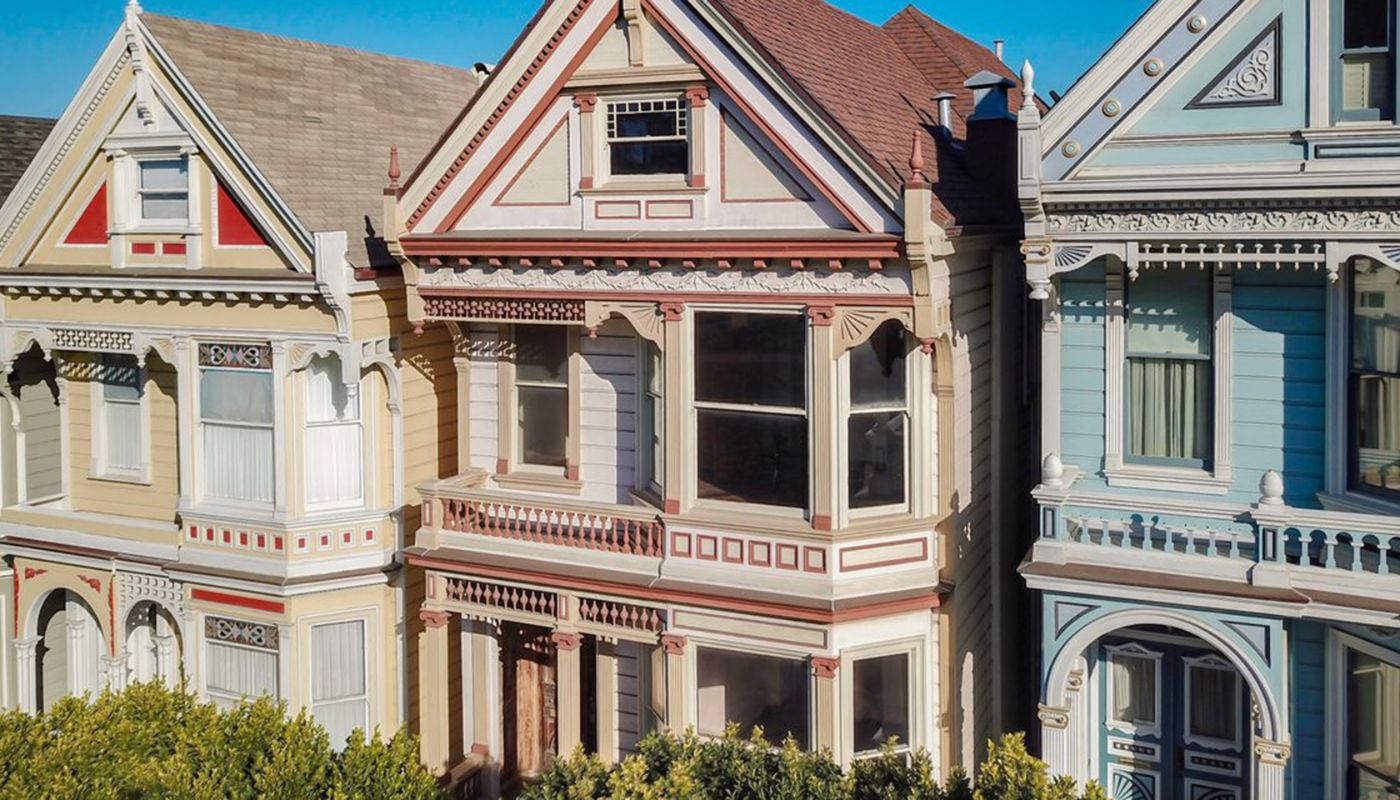
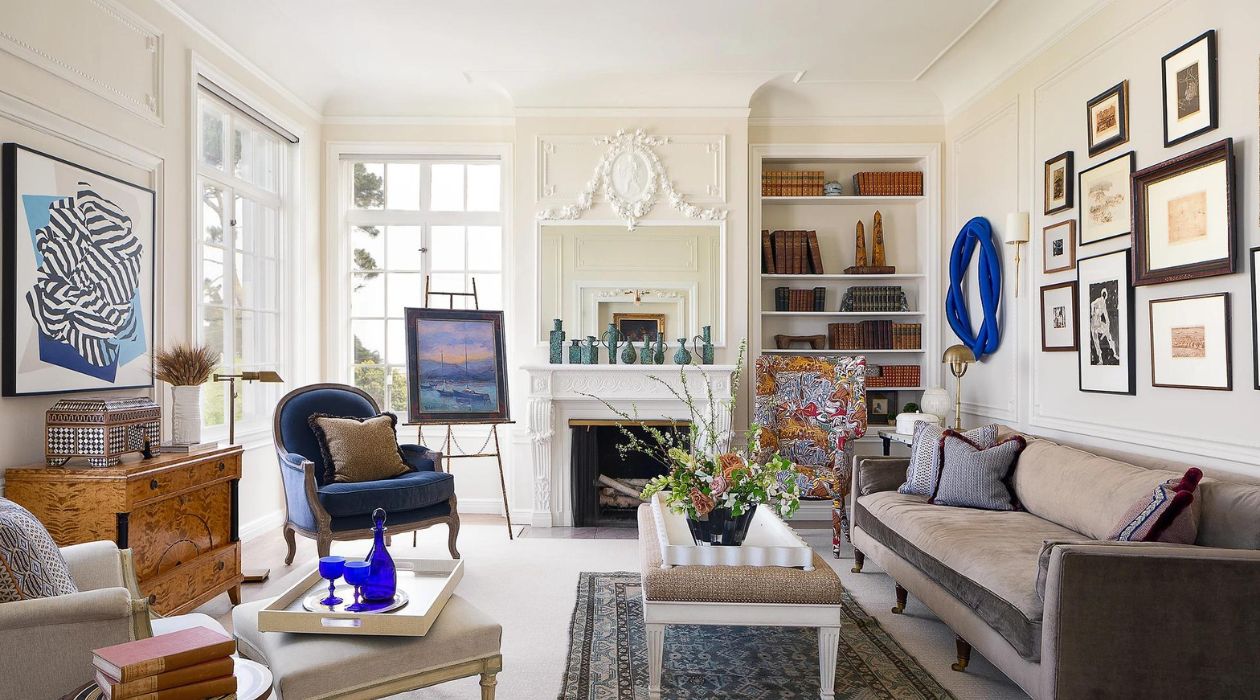
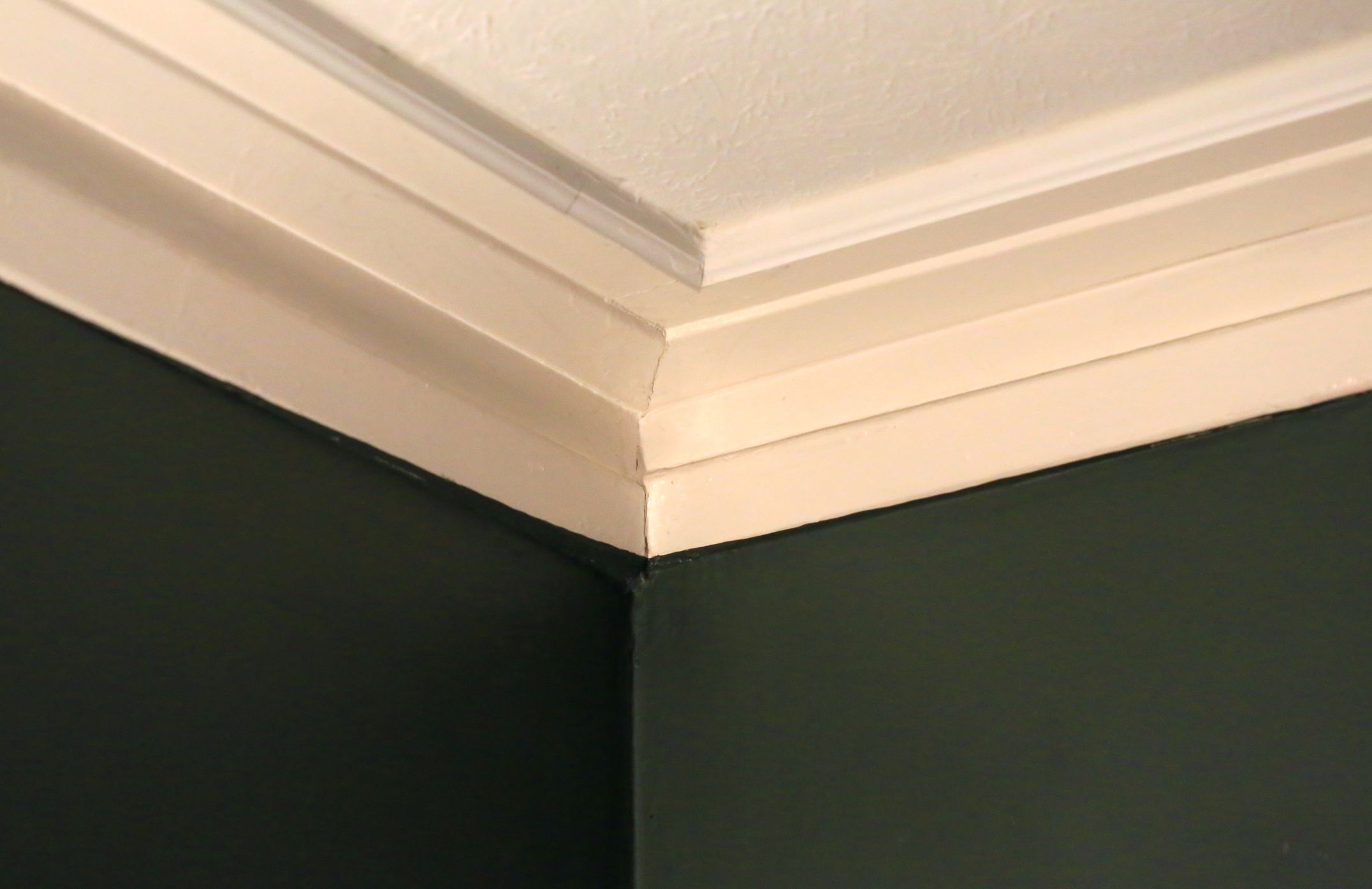
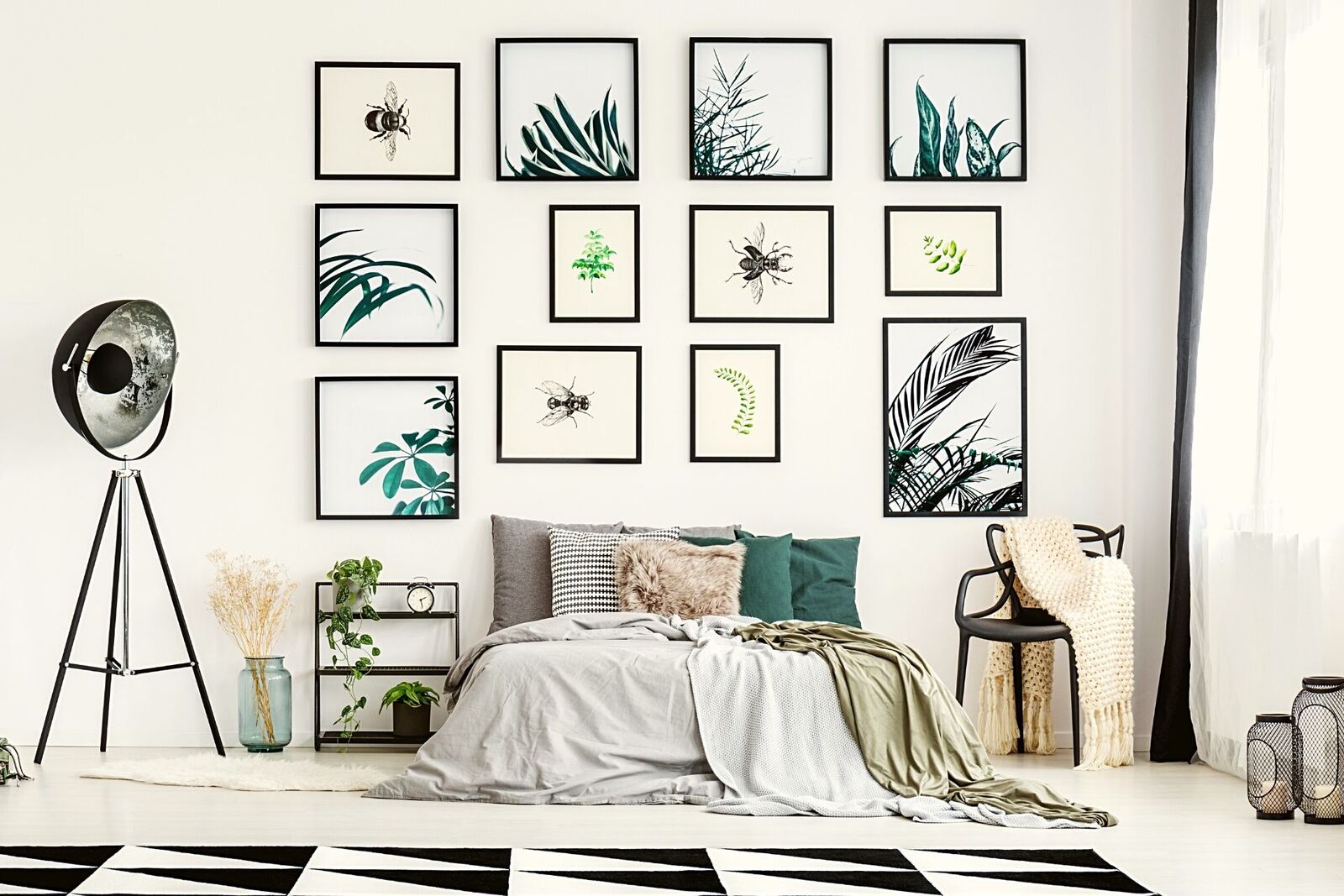

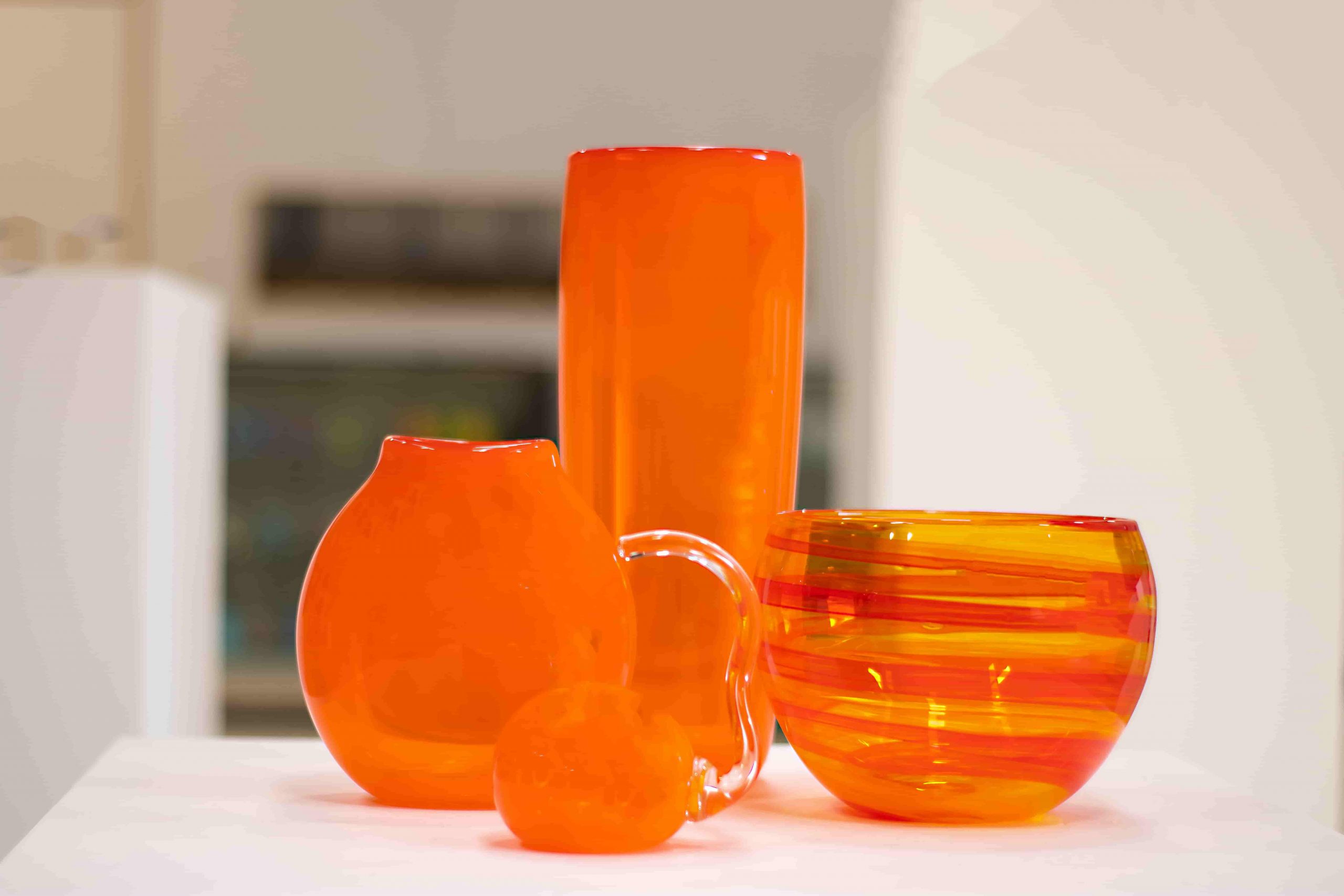
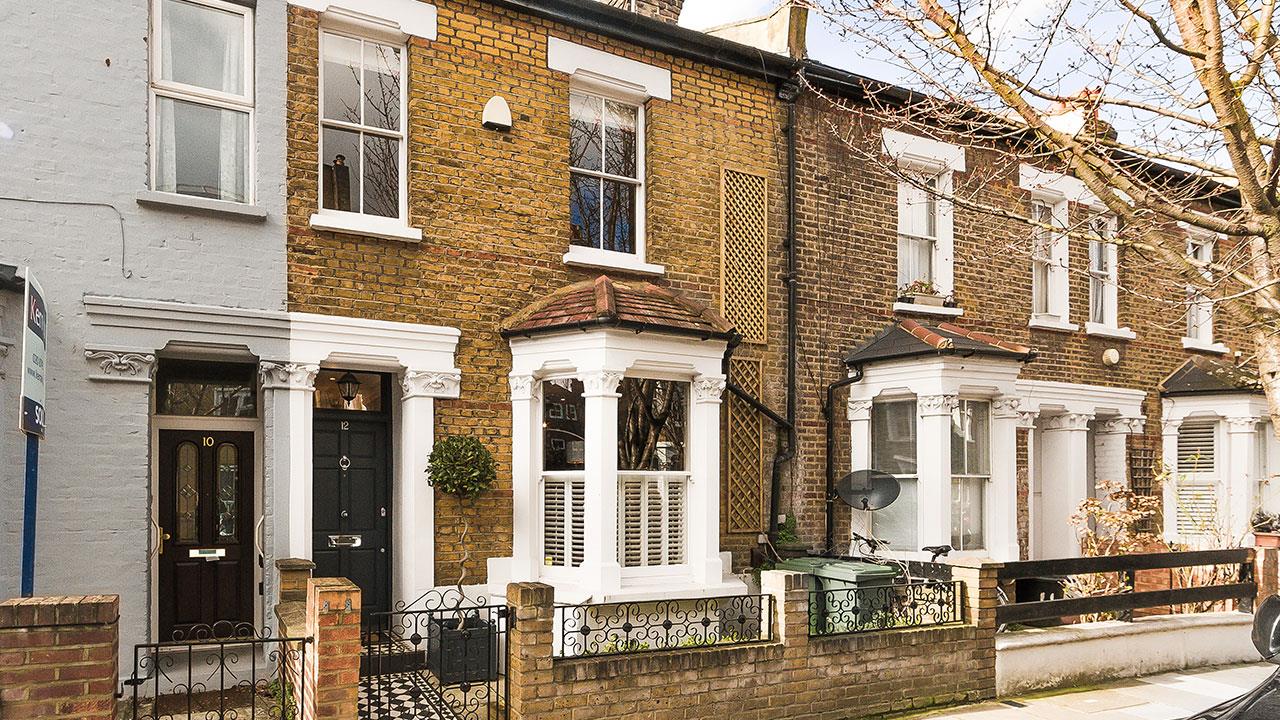

0 thoughts on “The Forgotten Art Of Victorian Molding”